Iconic Vintage Styles
Travel back in time for a fun look at some iconic styles in fashion!
20¿s Fashion
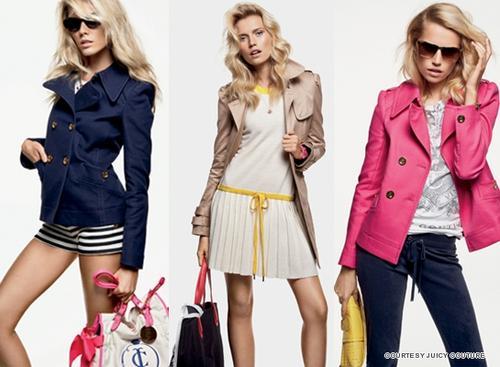
Freedom, practicality and casual chic, 20¿s fashion reflected women¿s changed role in modern society, post World War I. Bobbed hair and cloche hats spelt convenient elegance. French designer Jean Patou¿s two-piece, wool jersey outfits suited women on the go. The Roaring Twenties was the age of the Flappers, young women who smoked, partied and wore unfastened rubber boots that flapped noisily when walking. Short, drop-waist dresses with pleated skirts were perfect for kicking up heels while dancing!
|  |
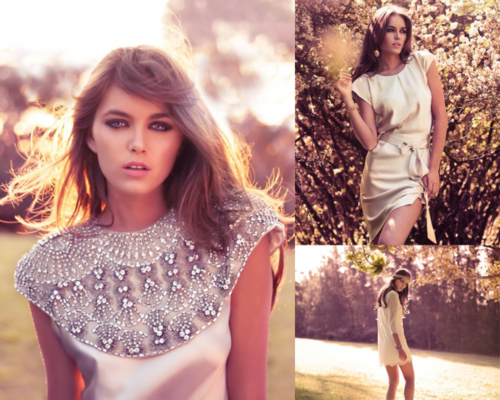 | More comfortable, elasticised corsets replaced the older whalebone. Elsa Schiaparelli¿s Greek-inspired dresses and Coco Chanel¿s legendary Little Black Dress became enduring fashion landmarks. 30¿s Fashion Thanks to the Wall Street Crash in1929 and the Depression, thrift was the order of the day. Hemlines headed south; the boyish élan of the twenties yielded to a softer, feminine look. Empire-waist gowns, worn by movie stars with bows at the back were popular. Berets, pill boxes and brimmed hats displaced the cloche.
Men¿s suit shoulders were padded to appear squarer. The double-breasted suit in navy, grey, charcoal and deep blue grew popular. Later, as prosperity returned, blazers with metallic buttons became popular summer wear |
40¿s Fashion
In America, wartime restrictions on textile use determined 40¿s fashion, short straight skirts with short jackets, and sheath dresses as evening wear. American designed separates and colour co-ordinated items could be mixed and matched to appear like a varied wardrobe.
In menswear, suits minus pocket flaps and trousers shorn of cuffs and pleats were introduced. The zoot suit emerged from Harlem nightclubs, loose jacket, broad shoulders, lapels and baggy, low-hanging trousers narrowing at the ankle. Post WWII fashions included hand-painted ties and bright, floral casual shirts. |  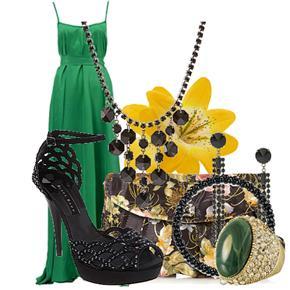 |
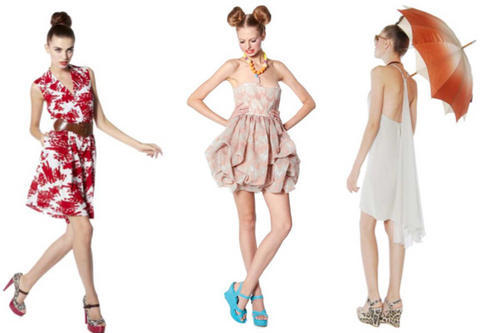
| 50¿s Fashion
Enter Christian Dior¿s ¿New Look¿, characterised by the hourglass figure. The shirtwaist dress emphasised the waist, bustline and rounded shoulders. The focus on softness and fragility translated into stiletto heels and fully gathered skirts. The grey flannel suit from American Ivy League universities became popular men¿s fashion. |
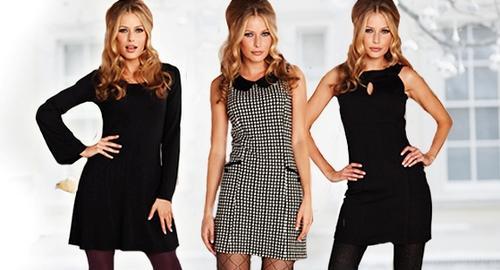 | 60¿s Fashion
A trendsetting decade, the sixties ushered in culottes and boxy PVC dresses. André Courrèges introduced the low-heeled go-go boot, Mary Quant the mini-skirt and Jacqueline Kennedy, the pill-box hat. Hippie fashions, bell-bottomed jeans, psychedelic prints and batik, became mainstream. |
70¿s Fashion
Mini skirts, maxi dresses or hot pants, women wore what they wanted. High-necked Granny dresses were popular evening wear. Halter necks became a rage. Ethnic fashions from the east and Africa, the Nehru jacket and kaftan, influenced Western designers.
Flared trousers and chunky platform heels were another distinctive 70¿s fashion.
|  |
| What goes round will come around! How many vintage fashions do you recognise that keep coming back? |





